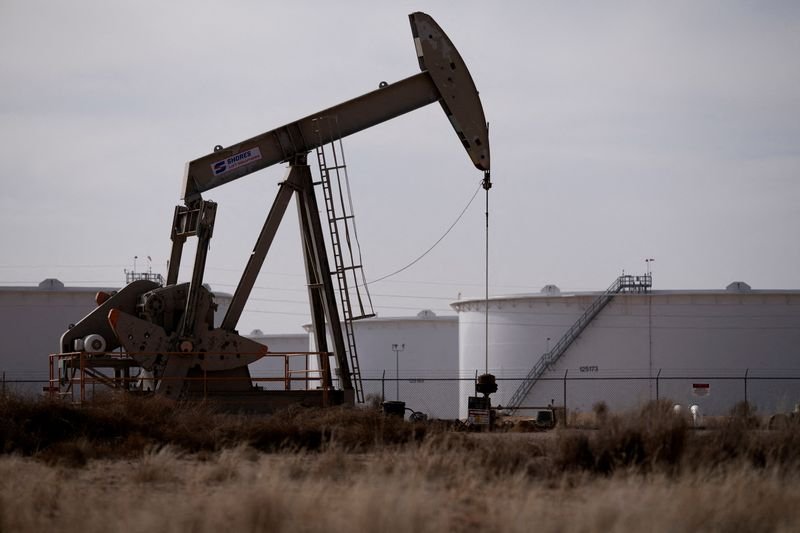Oil Prices Rise as US-China Tariff Pause Sparks Trade Optimism
Recent developments in global trade have positively influenced oil prices, driven mainly by the extension of the tariff suspension between the United States and China. This pause in trade barriers is fostering renewed hope for increased economic activity and demand for crude oil.
The Impact of Tariff Changes on Oil Prices
The announcement regarding the continuation of the tariff pause has led to significant responses in the oil markets. Traders are encouraged by the potential for stronger trade relations between the world’s two largest economies. This optimism is reflected in the rising prices of crude oil, as market participants anticipate greater demand for energy resources if trade relations improve.
Market Reactions
Even before the official announcement, market analysts noted an upward trend in oil prices as investors reacted to rumors surrounding the tariff situation. The assurance from both nations about maintaining a more favorable trade environment has started to shape market expectations. As a result, crude oil prices have seen fluctuations that reflect this newfound confidence in the global markets.
Factors Influencing Oil Demand
Several factors are contributing to the increasing oil demand. A robust recovery from the pandemic, coupled with heightened industrial activities, is driving the need for crude oil. Additionally, as economic data reveals expansion in various sectors, the call for energy resources climbs in tandem, further reinforcing oil market stability.
Economic Indicators
Monitoring key economic indicators is vital to understanding oil demand trends. Recent reports on manufacturing growth and consumer confidence have shown positive signs, leading analysts to predict a continued rise in oil consumption. This increased activity is particularly evident in industrial sectors where energy use is critical.
Global Oil Production and Supply Concerns
Despite the optimistic demand outlook, global oil supply remains a focal point for traders. Various geopolitical events and output decisions by major oil-producing countries can drastically affect prices. The Organization of the Petroleum Exporting Countries (OPEC) and its allies frequently influence market dynamics through production adjustments.
OPEC’s Role
OPEC’s strategies in managing output levels are crucial in balancing global oil supply and demand. Recent meetings have indicated a cautious approach by OPEC to maintain price stability while avoiding oversupply. This managed production helps ensure that oil prices remain aligned with the growing demand stemming from improved trade conditions.
Future Predictions for Oil Markets
Looking ahead, analysts are optimistic but cautious. The expectation is that if the US-China tariff pause continues, it could lead to a more sustained increase in oil prices. However, potential setbacks, such as new geopolitical tensions or economic slowdowns in either country, could pose risks to this positive trend.
Analysts’ Perspectives
Investors and analysts are closely monitoring trade negotiations and their impact on oil pricing. Some experts suggest that any advancements in trade agreements will not only benefit oil markets but also amplify overall economic growth. Conversely, complications in trade relations could quickly dampen the current optimism surrounding oil economics.
Conclusion
The oil market is in a state of cautious optimism thanks to the US-China tariff suspension. As traders adjust their positions based on evolving economic indicators and trade relations, the potential for increased oil demand heralds a significant period for the industry. Continued focus on global supply, production levels, and economic conditions will play a vital role in shaping oil prices in the foreseeable future.
